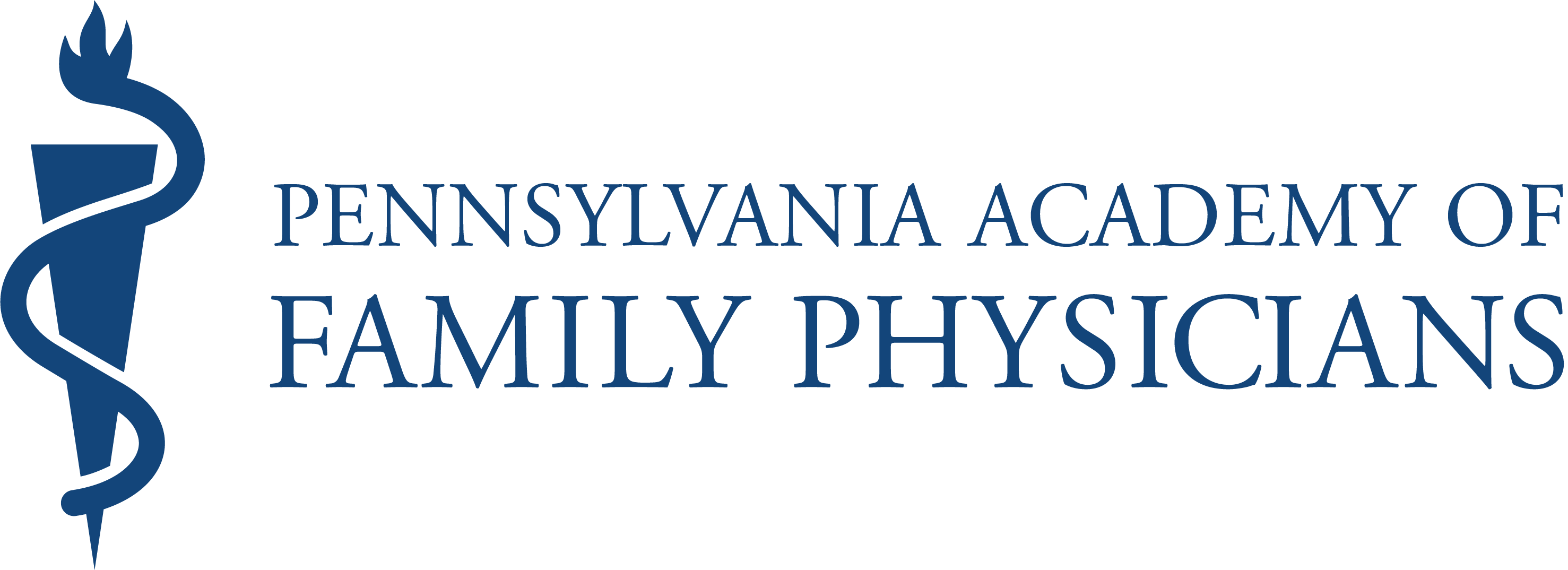While you may not have had the experience of preparing a formal CV (“course of life”), you are already familiar with its function and the type of information needed from your applications for employment, college, or for that matter, medical school. Indeed, one of the primary functions of a CV is to provide a succinct chronicle of your past experiences and training.
In a sense, a CV is a multi-purpose, personal application form for employment, educational opportunities, honors and awards, membership or participation in an organization.
Learning to prepare a good CV now will aid you throughout your professional life. It is a living, not a static, document that needs to be continually updated as new experiences or accomplishments are completed. Despite its multiple purposes, your CV must be restructured and rewritten, or at least reviewed, for each specific purpose for which it is to be used. It might be entirely inappropriate to include a lengthy list of publications in a CV you are submitting as application for membership in a volunteer organization. On the other hand, it might be imperative to include this information, if not in the body, at least as an appendix, in a CV you are submitting to obtain an academic position.
Some experts recommend maintaining two versions of your CV - one, a short summary of your training and experience and the other, a longer version with more detailed information about your publications and presentations. In general, however, no CV should be lengthy. No matter how many accomplishments you list, you won't impress anyone if they can't quickly pick out two or three good reasons to choose you over someone else. Let your CV help you put your best foot forward.
Sometimes, a CV is referred to as a “résumé.” Academic or educational circles tend to use the word curriculum vitae, or CV, more frequently than résumé. Because of the nature of the medical profession, where the years for preparation are highly structured and generally comparable from institution to institution, a chronological format for the medical CV is often preferred.
Many reference books offer advice on different formats for preparing CVs and résumés.
GENERAL TIPS TO GET YOU STARTED:
- A chronological CV should be arranged in reverse chronological order. It should be apparent immediately where you are now.
- Remember that an application form is limited to the few things that a particular institution wants to know about everybody. A CV lets you give information that is unique to you. Add all your key accomplishments and activities in the initial draft. In subsequent drafts, you can remove information that may not be pertinent.
- Resist the temptation to append explanatory sentences or language, which will distract the reader from the basic information being presented. The language of a CV is abbreviated and succinct. When applying for residency training, you will have the opportunity to express yourself in a personal or biographical statement. In the future, when applying for a job or some other type of position, you will want to include an appropriate cover letter with your CV to explain your particular qualifications and strengths for the position.
- Don’t despair if your CV doesn’t resemble those of other students who are applying to the same residency program. Everybody’s CV is different. Even if everyone used the same format suggested in this section, your CV will not resemble others’ because it doesn’t have the same content. No residency program director is looking for a specific CV style. You will receive points for neatness, and readability.
- Be honest. If you haven’t accomplished anything in a particular category, leave it out. Don’t create accomplishments to fill in the spaces. You can be specific about your level of participation in a project or activity, but don’t be misleading (e.g., you can say you coordinated membership recruitment for your AMSA chapter, but don’t say you were "president" unless you were).
If you still need more information, contact your dean's office. They may be able to share samples and provide additional guidance.
Curriculum Vitae Samples (courtesy of the Duke University Career Center)
